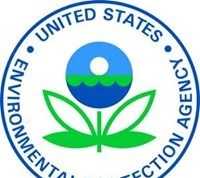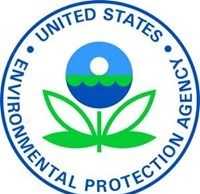TAMPA – August 19, 2014 – (RealEstateRama) — Hurricane Charley, which blew into southwest Florida this week ten years ago, was the start of one of the busiest hurricane seasons in the U.S., damaging one in five Florida homes. When it made landfall, Charley had the highest winds of any storm to hit the U.S. since Hurricane Andrew in 1992, and clearly demonstrated the benefits of strong building practices.
Insurance Institute for Business & Home Safety (IBHS) researchers conducted a post-disaster research project following Hurricane Charley, and found several recurring lessons that are still applicable today for consumers living in hurricane-prone states.
A major finding from the research was that stronger building codes improve the performance of houses during a hurricane. IBHS conducted a study of closed insurance claims in 2004, in Charlotte County, Florida, where Charley made landfall. While Charley caused significant damage, the study found the frequency of damage was reduced by 40 percent, and the severity of damage was reduced by 60 percent to homes built after 1996, when stricter building codes went into effect in the area.
Furthermore, based on IBHS’ analysis of additional living expense records from homeowners insurance claims, the new building code requirements enabled homeowners to return to their homes quicker, which likely reduced the disruption of their lives following the storm.
“This is clear and convincing evidence that Florida’s code requirements improved the performance of houses during a hurricane,” said Dr. Tim Reinhold, IBHS’ senior vice president of research and chief engineer, who led the research project in 2004.
“Hurricane Andrew pulled roofs off homes and destroyed entire buildings in 1992,” said Dr. Reinhold. “During Charley in 2004, better-built homes remained intact. It was also telling that we found no demolition permits pulled on homes built after 1996, indicating that no houses were completely destroyed.”
IBHS’ Hurricane Charley research also found repeated areas of building vulnerability.
“Roof damage was the most common, along with soffit failures that resulted in interior water damage. In addition, damage to attached structures such as screened pool enclosures, as well as damage to windows and garage doors, which allowed the wind into homes, also were quite common,” noted Dr. Reinhold.
IBHS urges residents in hurricane-prone locations to focus on these areas – roofs, soffits, attached structures, windows and garage doors – which can sustain major damage from punishing high winds and wind-driven rain during hurricanes. As we head into the height of hurricane season, it’s not too late to strengthen homes and businesses to help them better withstand the elements. Go to www.DisasterSafety.org, to get the following resources:
- Getting the Roof Right (learn more about why a strong roof is vital in our short animation video)
- Strengthening Soffits
- Securing Attached Structures
- Window and Opening Protection
- Garage Door Retrofitting
# # #
About The Insurance Institute for Business & Home Safety (IBHS)
IBHS is an independent, nonprofit, scientific research and communications organization supported by the property insurance industry. The organization works to reduce the social and economic effects of natural disasters and other risks on residential and commercial property by conducting building science research and advocating improved construction, maintenance and preparedness practices.
MEDIA CONTACT: Stacy Williams, APR, Phone: (813) 675-1045 (Office) or
















